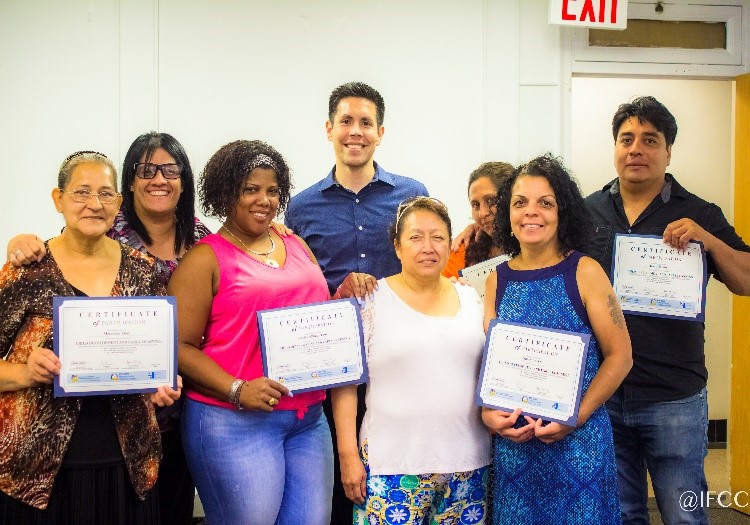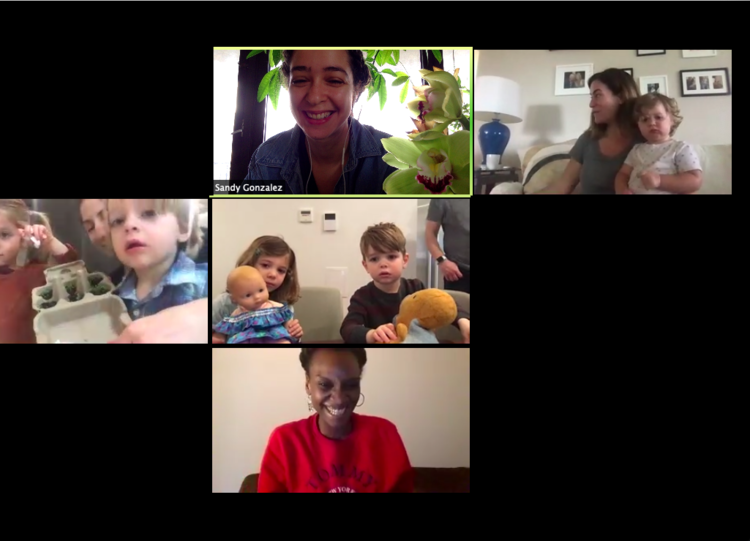The COVID-19 pandemic has been and continues to be a traumatic event for all of us, including young children. The fear, uncertainty, anxiety, and stress of the past months have impacted our lives in different ways. Experts have written about the impacts of the pandemic on children’s development. Children’s responses to stress can manifest both through observable changes in their behavior and emotions and through subtle changes in their outward demeanor. A Head Start guide for educators and families describes what responses to trauma may look like in children’s behavior.
Authentic, reciprocal conversations conversations with families help adults understand the circumstances and events that children have experienced and prepare them to plan together to promote healing and resilience. Many programs develop intake surveys for staff to complete alongside families. These surveys allow educators to gather information about family and cultural practices and other important demographic details. At this time, surveys also present an opportunity to develop a deeper understanding of changes that have taken place in their household in the past few months. All families have been impacted by the pandemic in different ways; many have lost someone dear to them, experienced changes in housing, and suffered the overall economic, psychological and emotional impacts of this pandemic.
As early childhood professionals, we know that children’s social- emotional well-being influences how they learn, listen, communicate and interact with others. In a previous post we discussed the benefits of using a family-centered developmental screening tool such as the Ages and Stages Questionnaire (ASQ-3). In addition to this developmental questionnaire, using a screening tool that specifically focuses on social-emotional development can be helpful in screening for trauma-based responses in children. One tool that is used by many Head Start programs is the ASQ®:SE-2. Families complete the ASQ®:SE-2 with their child’s educator to discuss concerns related to self-regulation, compliance, communication, adaptive behaviors, and more.
The most important key to children’s resilience is the presence of reliable, nurturing and supportive adults who work together to respond to the needs of children. Therefore, following a family-centered approach to intake and screening is a critical step in understanding the impacts of trauma. From our work with educators, we know that tools like surveys and screenings help families and educators to have in-depth discussions about children’s experiences and plan together to foster resilience.
What steps and practices is your program taking in meeting the socio-emotional needs of children as you prepare for the fall? What will be your approach to the developmental screening process to support these practices?
Resources:
Resources for Supporting Children’s Emotional Well-being during the COVID-19 Pandemic
Trauma in Children During the COVID-19 Pandemic | NYU Langone News



